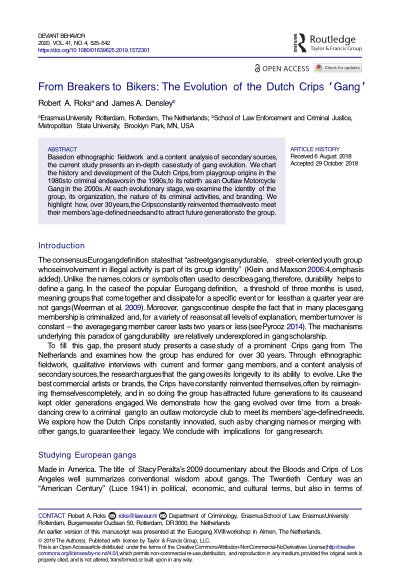By Saša Đorđević
Fuel smuggling is the illegal transport, sale or purchase of petroleum products such as crude oil, petrol, diesel and other refined petroleum products. It has been a persistent illicit trade in the Balkans for over three decades.
In 2022, police and customs of the seven Balkan countries seized more than 3 000 tonnes of illegal fuel, with a retail value of €4.3 million – almost four times more than the value of fuel seized in all of 2021. Fuels are goods subject to high excise and customs duties that smugglers try to avoid paying. Alternatively, smugglers seek to profit by evading embargoes on oil imports and exports. From this perspective, the Balkan countries’ public funds lost at least €1.2 million in 2022 as a result of fuel smuggling.
However, relying solely on seizure data to evaluate the illicit fuel market may lead to misleading conclusions because of law enforcement’s inherent challenge in substantiating the unlawful provenance of fuel. This discrepancy becomes more apparent when considering the estimated scale of the issue. In Bulgaria alone, for example, the projected value of illegal fuel in 2019 reached approximately €0.5 billion, resulting in significant budget losses of €250 million.
In the wake of the Russian invasion of Ukraine and the Libyan electoral crisis, both of which involved major oil-producing countries, the UN extended measures to combat illicit petroleum exports from Libya in July 2022. The EU also imposed bans on Russian oil in December 2022 and again in February 2023, as part of its response to the war in Ukraine. At the same time, the Balkans became the focus for licit and illicit fuel manoeuvres.This report analyzes the mechanisms of fuel smuggling during times of crisis and instability in the Balkans, considering both internal and external factors that contribute to the overall landscape. It identifies lessons learned from fuel smuggling in the early 1990s and then moves to explain the evolution of this activity with reference to trafficking methods, actors and routes through to 2022. The report also identifies countries in the Balkans at particular risk from fuel smuggling, as well as hotspots that allow illicit trade, particularly on rivers and seas. The report, furthermore, assesses the typical profile of criminal actors active in fuel smuggling. The research is limited to cross-border fuel smuggling operations rather than illegal distribution within a specific country.
Geneva, SWIT: Global Initiative Against Transnational Organized Crime. 2023. 34p.





















